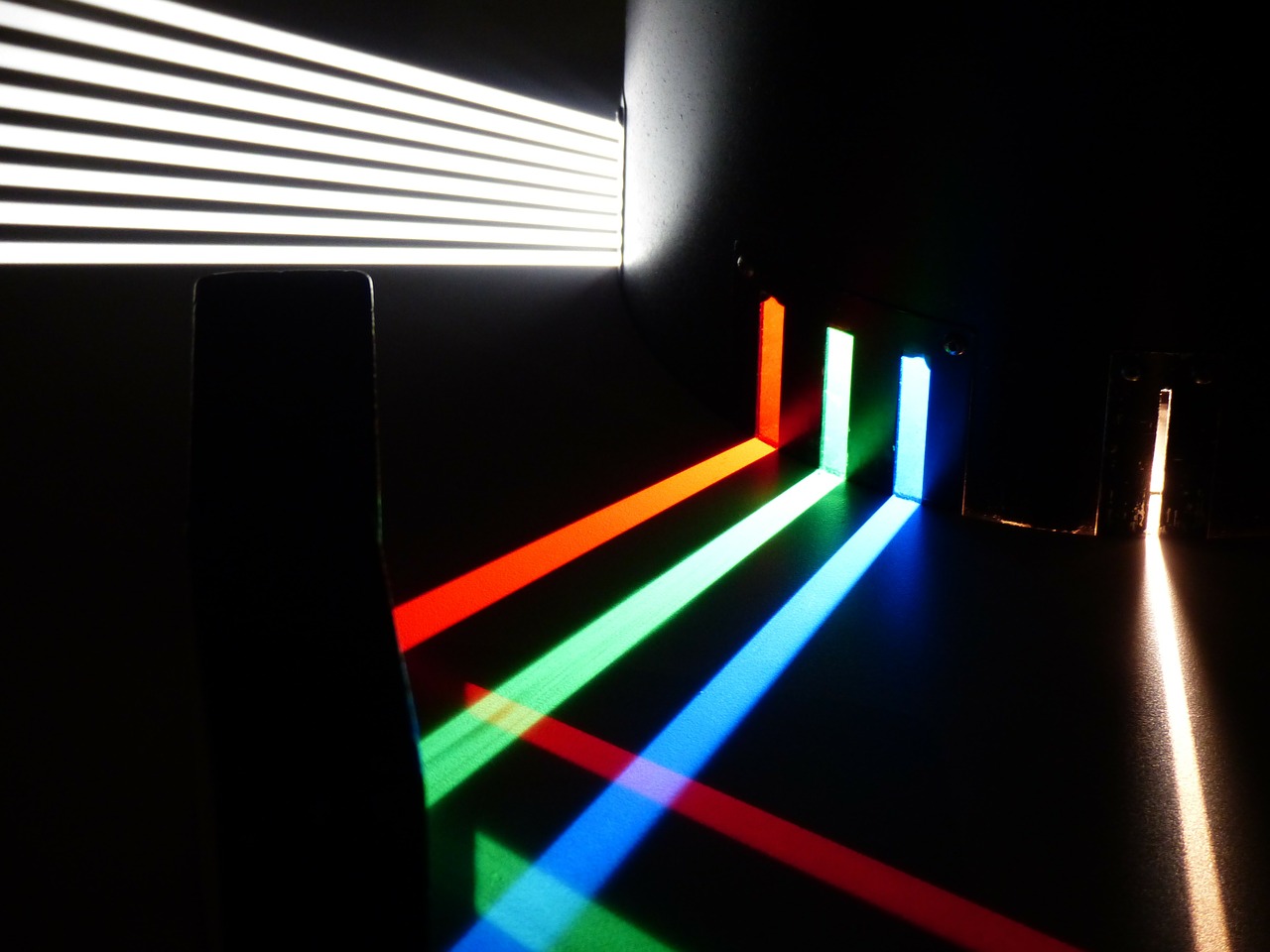Optics is an important part of physics. It used in widely in everyday applications like making spectacles to correct vision. So it is important to study it. Let us look into some important optics formula.
History of Optics
Ancient Indians, Egyptians, Greeks and Romans had all developed theories on optics. Lenses were also made by them. During the medieval ages the Arabians, English were pioneers in developing theories on the speed of light and its study. During the 16th and 17th century, Huygens, Newton developed their own theories on the nature of light its behaviour and contributed to the growth of the field. Eventually, the study of light and measurement of its speed played an important role in dispelling false theories like the presence of ether etc. Quantum physics and can find its origins in the study of optics.

Important Optics Formula
Sin i / Sin r = μ [refractive index of the second medium with respect to the first medium]
Also μ = c/v or v1/v2
μ = Real depth / Apparent depth
Light enters medium a, crosses medium b and then leaves from medium c, then aμc = aμb x bμc
Conditions for total internal reflection:
The light should travel from denser to rarer medium.
Angle i > angle ic where ic is the critical angle.
Refraction at a spherical refracting surface
Rarer to a denser medium
-μ1/u + μ2/v = (μ2 – μ1)/R
where μ1 and μ2 are refractive indices of rarer and denser mediums respectively
R is the radius of curvature of the spherical surface.
Denser to rarer medium
-μ2/u + μ1/v = (μ1 – μ2)/R
Lens Maker’s Formula
1/f = (μ – 1)(1/R1 – 1/R2)
Where μ is the refractive index of the material of the lens
R1 and R2 are the radii of curvature of the two surfaces of the lens.
Lens formula: 1/v – 1/u = 1/f
Linear magnification: m = hi/ho = v/u
Power of a lens: P = 1/f if f is in meters Units of P: Dioptre D
Combination of two thin lenses
Lenses in contact
1/F = 1/f1 + 1/f2 => P = P1 + P2 and m = m1 x m2
Lenses separated by a finite distance
1/F = 1/f1 + 1/f2 – d/f1f2
Magnifying power
Simple microscope
m = 1 + D/f where D = least distance of distinct vision = 2.5 cm
Compound microscope
The ratio of the angle subtended at the eye by the final image to the angle subtended at the eye by the object where both the final image and object are situated at the least distance of distinct vision.
m = L/fo[1 + (D/fe)]
L is the length of the microscope tube
fo is the focal length of the objective
fe is the focal length of the eyepiece
Resolving power of a microscope
Resolving power = 1/d = (2μSinθ)/λ
where μ is the refractive index of the medium
λ is the wavelength of light
θ is half-angle of the cone of light from the point object to the objective lens
Resolving power of a telescope
Resolving power = 1/dθ = D/1.22λ
where D is the diameter of the object lens
λ is the wavelength of light
Laws of reflection
Angle i = angle r
The incident ray, reflected ray and the normal at the point of incidence all lie in the same plane
Mirror formula
1/v + 1/u = 1/f
m = hi/ho= -v/u






Typo Error>
Speed of Light, C = 299,792,458 m/s in vacuum
So U s/b C = 3 x 10^8 m/s
Not that C = 3 x 108 m/s
to imply C = 324 m/s
A bullet is faster than 324m/s
I have realy intrested to to this topic
m=f/a correct this
Interesting studies
It is already correct f= ma by second newton formula…